The Facade is the Window to the Soul of Architecture: Venice Architecture Biennale, 2018
– Adam Caruso and Helen Thomas


In response to the Biennale’s theme of Freespace, Caruso St John Architects put together an exhibition that celebrates the historical richness and social generosity of the façade. Whether a building is public or private, whatever its intended use, its façades have the responsibility to make a positive contribution to the public realm and should have the capacity to emotionally affect people who may only have a fleeting relationship to the building. Good buildings, like Georgian townhouses and Victorian warehouses, can accommodate new uses over time, and while programme can be fleeting, it is the physical presence and the image of these buildings that underpin the formation of great cities. The facade has been missing from the architectural discourse for too long.

Apartment Building, Biel-Benken, 2014-2020 
Apartment building, Falkenstrasse, Munich, 2014-2020 
Apartment building, Welfenstrasse, Munich, 2014-2020 
Bremer Landesbank Headquarters, Bremen, 2011-2016 
City Hall, Pully, 2017 
Department of Biomedicine, Basel University, 2015-2018 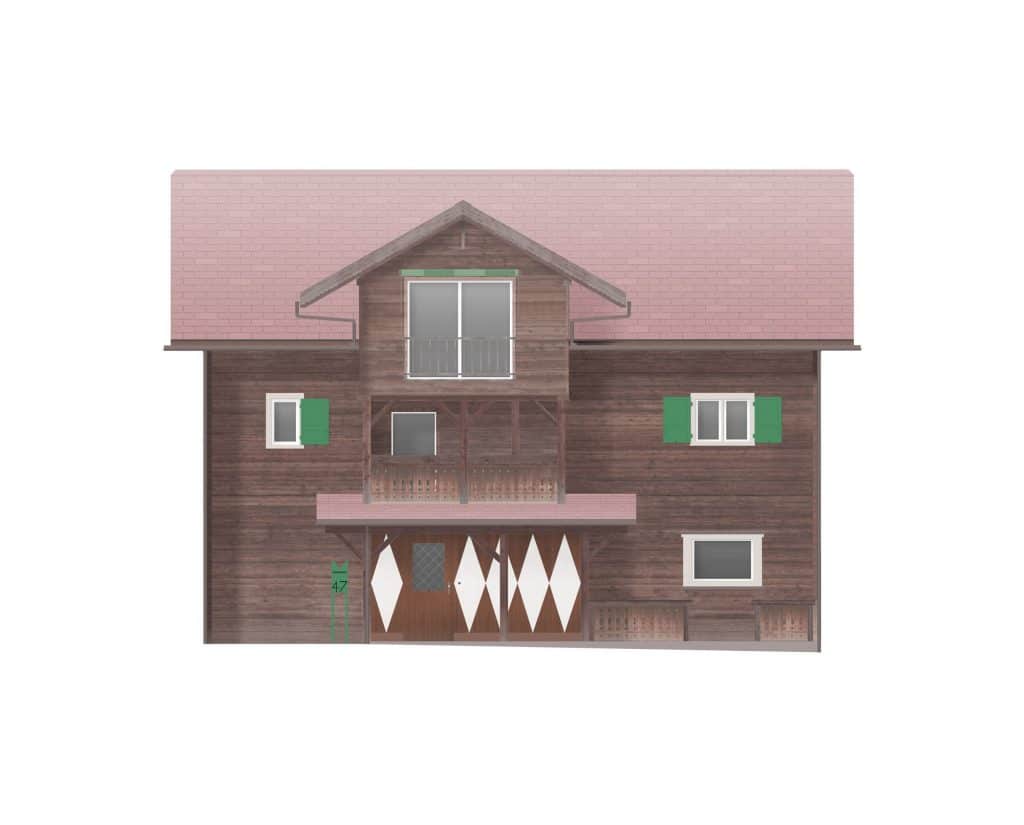
House in the Mountains, Tschiertschen, 2016-2018 
Mixed use building, Europaallee, Zurich, 2008-2013 
Mixed-use building, Antwerp, 2014-2019 
Mixed-use tower, Hardturm, Zurich, 2016-2023 
Newport Street Gallery, London, 2005-2015 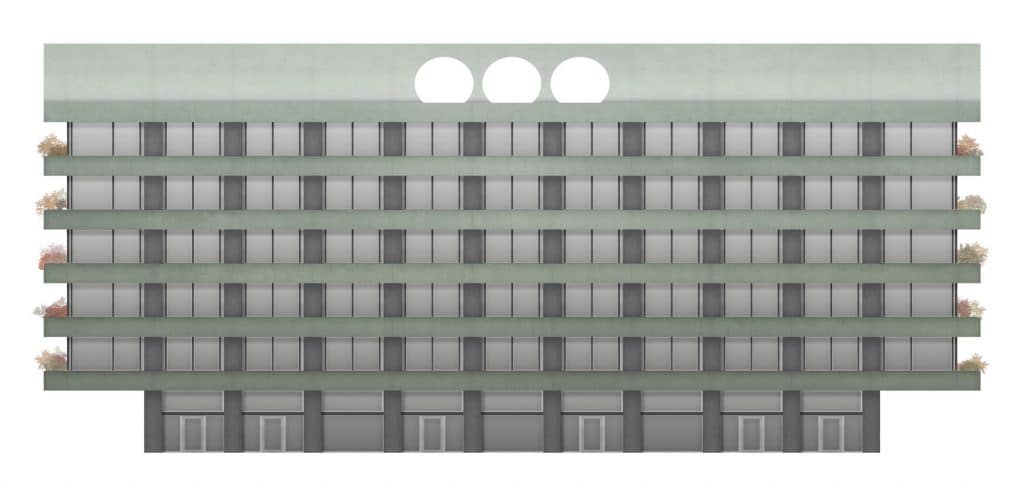
Office Building, Escher Wyss, Zurich, 2017-2020 
Office Building, Grosser Burstah, Hamburg, 2014-2020 
Office Building, Rudolfplatz, Cologne, 2015-2020 
Residential Tower A, Aarau, 2017-2023 
Residential Tower D, Aarau, 2017-2023 
St Jakob Stiftung Mixed-use building, Zurich, 2013-2018 
V&A Museum of Childhood, London, 2002-2007 
ZSC Lions sports arena, Zurich, 2012-2022 
Schoolhouse, Neuhausen, 2017-2020
The exhibition presents elevation drawings of a number of the practice’s own projects, some built and some in development, where the facade and its relationship to the city is a central theme. These facade portraits are complemented by a series of photographs by the architect Philip Heckhausen, which show the completed buildings in their urban surroundings, alongside images of other urban situations that have influenced the practice’s approach. Together, they make a collection of urban situations, in between which the Caruso St John buildings emerge at a second glance. In the centre of the room is a large bench, whose patterned seat is a reference to the elaborated surface of urban piazze.
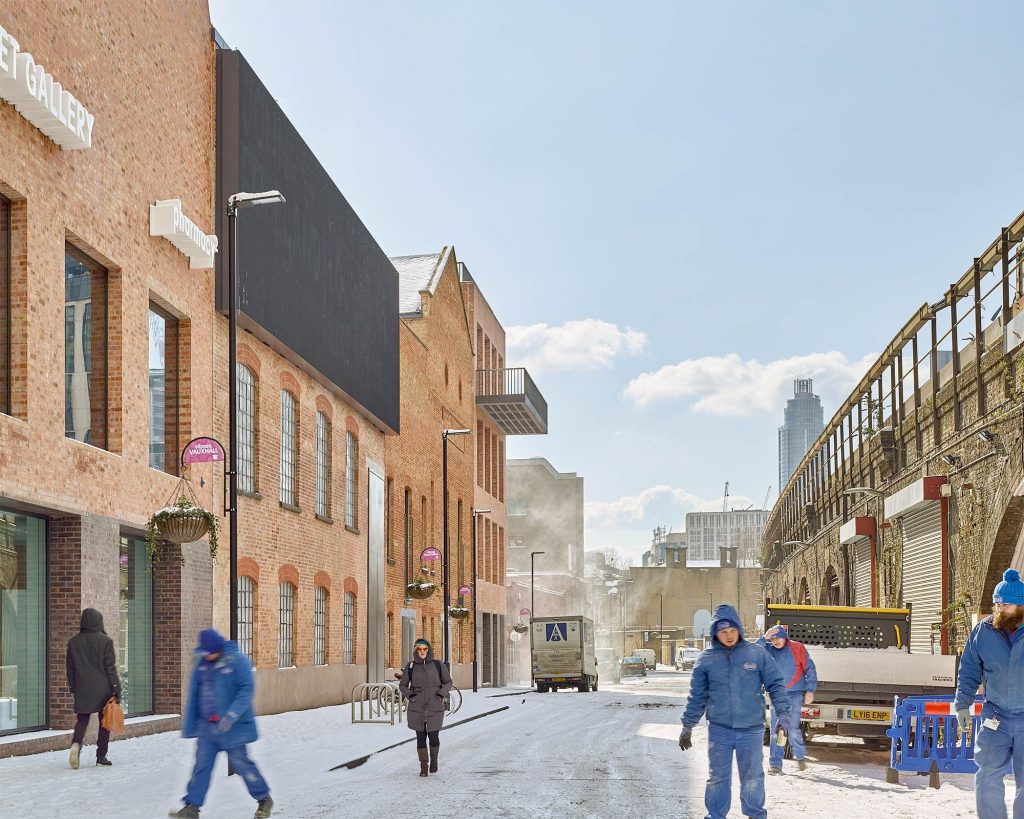
Newport Street, London, 2018 
Riemeisterstrasse, Berlin, 2016 
Domshof, Bremen, 2016 
Gammel Kongevej, Copenhagen, 2018 
rue Jeanne d’Arc, Rouen, 2013 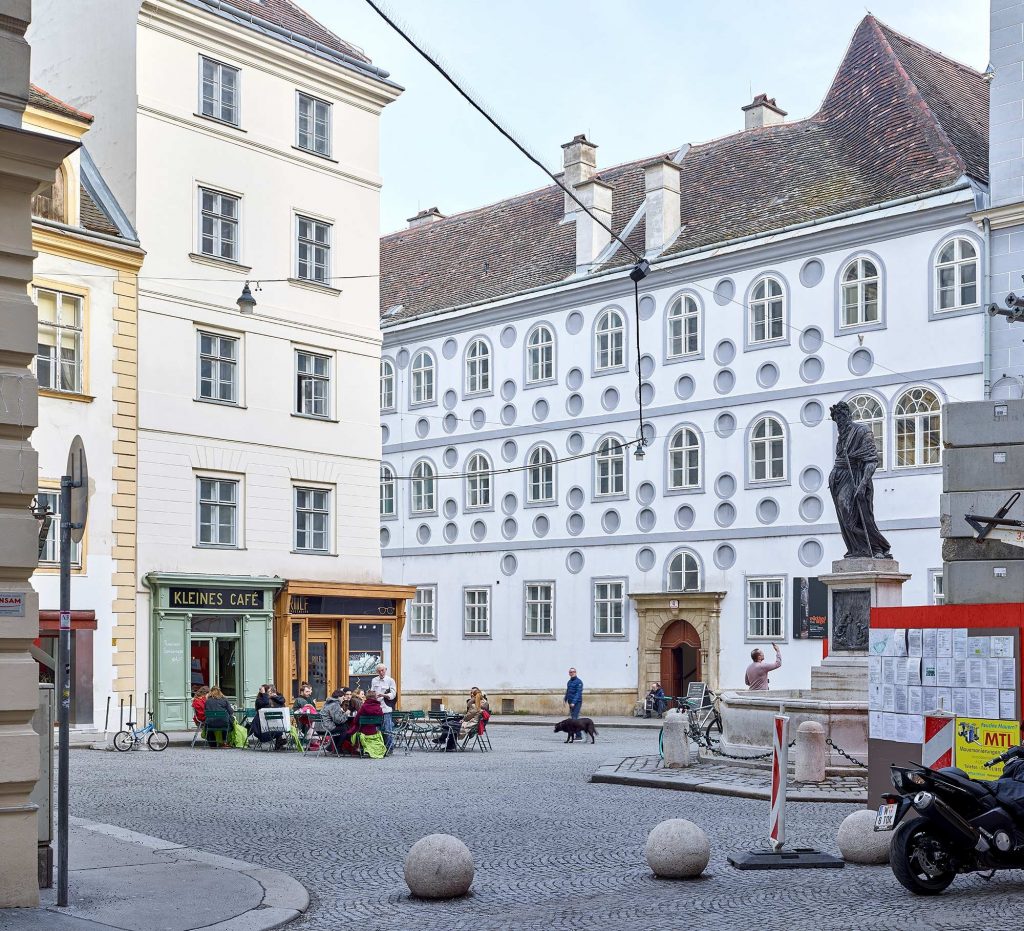
Franziskanerplatz, Vienna, 2018 
Seestrasse, Zurich, 2018 
Neumarkt, Dresden, 2014 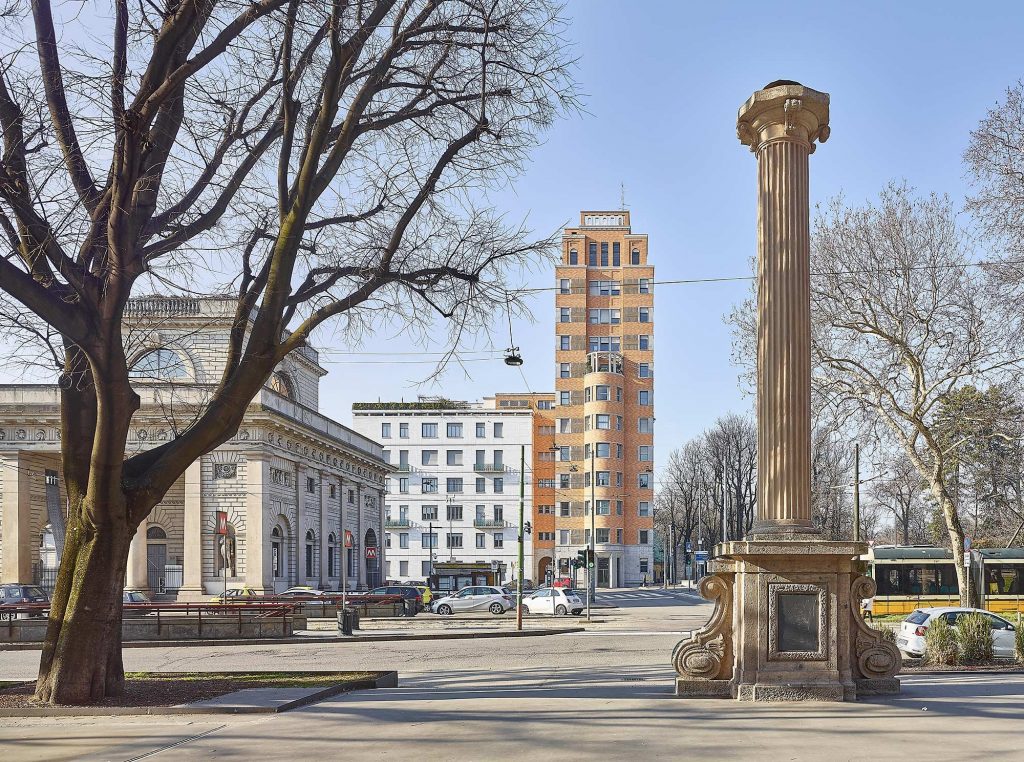
Piazza Guglielmo Oberdan, Milan, 2018 
Deichtorplatz, Hamburg, 2018

– Adam Caruso